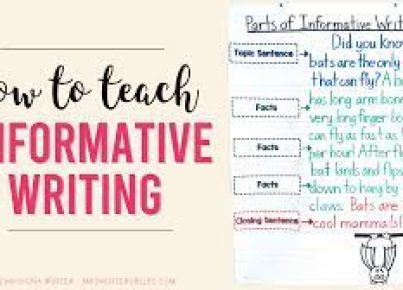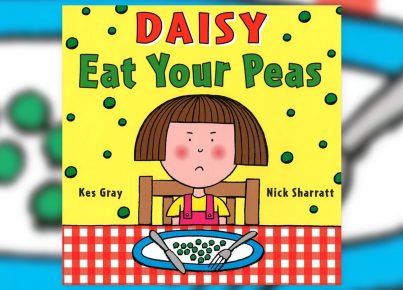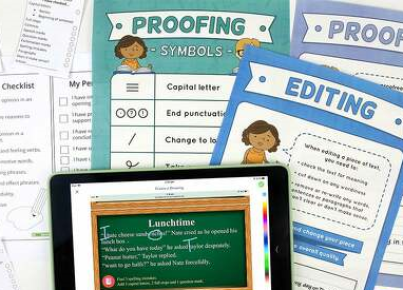As a relief teacher, keeping students engaged and excited about learning during an unplanned absence can be challenging. Providing meaningful, fun, and educational writing exercises is vital to maintaining a productive classroom environment. Here are seven engaging sub plans for writing that are perfect for relief teachers.
1. Story Starters
Give students a list of story starters, and ask them to choose one to begin their short story or narrative. Story starters can include intriguing phrases, interesting situations, or compelling characters. This activity encourages creativity and fosters the development of critical thinking skills as students brainstorm and develop their stories.
2. Journal Prompts
Have students write a response to a thought-provoking journal prompt. Select age-appropriate topics that encourage reflection on personal experiences or challenge students to think critically about the world around them. Journal writing is a great way for students to express their thoughts and feelings while practicing their writing skills.
3. Collaborative Storytelling
Divide the class into groups, and assign each group a different plot or story idea. The group members will then take turns adding sentences to construct the story. The activity promotes teamwork, communication, creativity, and problem-solving as students collaborate on their shared narrative.
4. Sentence Stretching
Provide students with simple sentences, and ask them to transform them into more detailed and descriptive sentences by adding adjectives, adverbs, or additional phrases. This exercise encourages students to practice expanding their vocabulary and improving sentence flow in their writing.
5. Rewrite the Ending
Choose a popular short story or novel excerpt with an ending that leaves room for interpretation or revision. Ask students to read the original ending closely, then rewrite it based on their understanding of the characters and events. This activity teaches literary analysis and challenges students to create an alternate resolution for familiar narratives.
6. Comic Strip Writing
Provide students with blank comic strip templates or have them create their own. Ask them to develop a storyline with characters and dialogue, and illustrate it in the comic strip format. This exercise encourages students to think visually while practicing storytelling techniques.
7. Autobiographical Haiku
Introduce students to the basics of haiku poetry, a traditional Japanese form made up of three lines with a 5-7-5 syllable pattern. Then, have them write an autobiographical haiku that tells a story about their lives or experiences in just 17 syllables. This exercise challenges students to condense complex thoughts into concise language while providing insight into their classmates’ perspectives.
In conclusion, these seven fun and educational sub plans for writing will ensure relief teachers are well-prepared to maintain an engaging, stimulating classroom atmosphere even during unexpected absences. Plus, they’ll help students continue to develop vital writing skills that can be applied across various disciplines.




